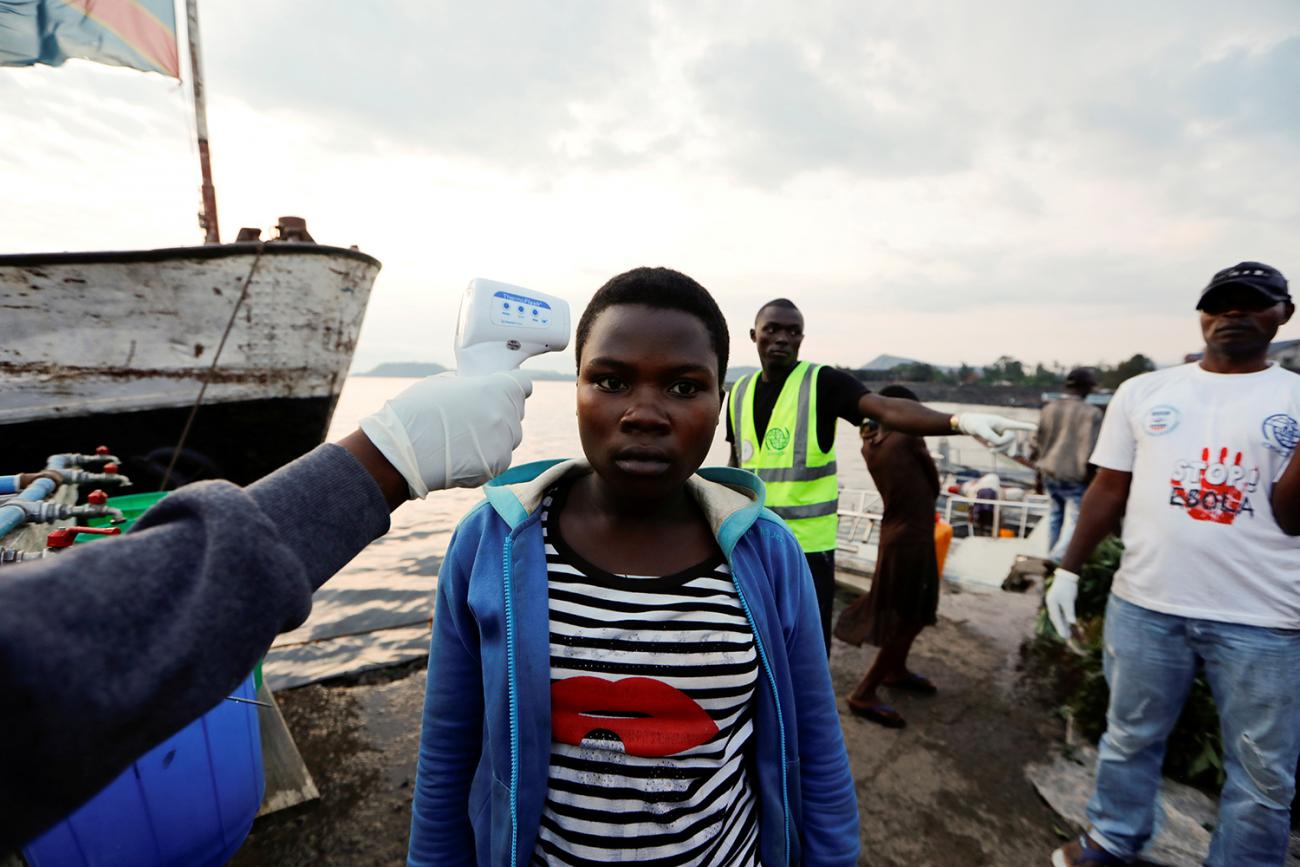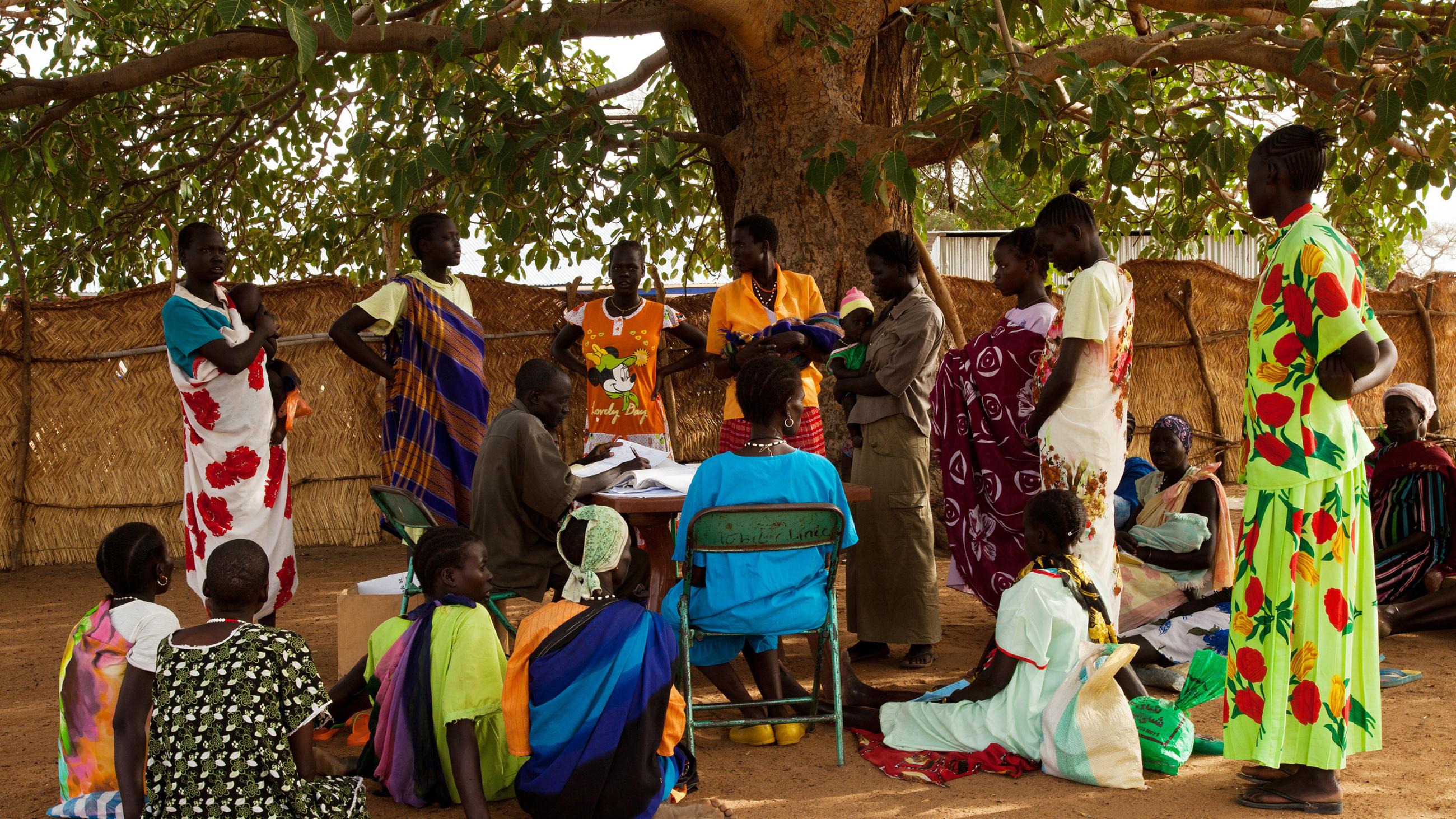Accurate and timely diagnosis is essential for the delivery of quality care—after all, we must identify a disease before we can effectively treat it. The diagnostic capacity of a health care system is therefore a critical factor in the achievement of universal health coverage (UHC), which relies upon the detection of large numbers of people with treatable conditions. Despite this, diagnosis is now the weakest link in the cascade of care. Large gaps at the diagnosis stage exist for key diseases, including tuberculosis, diabetes, HIV/AIDS, hepatitis C, and hypertension, leaving many people undiagnosed. This presents an obstacle to evidence-based policy decision-making, and it has a negative impact on individual people’s health outcomes.
Diagnosis is the weakest link in the cascade of care—large gaps exist for key diseases including TB, diabetes, HIV/AIDS, hepatitis C, and hypertension
There is plenty of evidence from mystery (standardized) patient studies—in which people are recruited from local communities and trained to present the same set of standard symptoms to multiple providers—that primary care providers (public, private, and informal) under-diagnose and over-treat. This is true for a range of conditions, and has been demonstrated in several countries. When faced with a sick patient, providers tend to use non-specific, empirical therapies, including broad-spectrum antibiotics, with the hope that “something will work.” In other words, they treat symptoms with polypharmacy and rarely seek to reach a correct diagnosis. While this “scattershot” approach might be reasonable for self-limiting and harmless conditions, it can pose a big economic burden on patients, and it may have bad consequences for treatable diseases (e.g., TB, HIV/AIDS, malaria, pneumonia) or potentially serious conditions (e.g., diabetes, hypertension, cancer). Worse, a heavy reliance on empirical antibiotic use has fuelled the growing antimicrobial resistance crisis.

Diagnostics are also vital for tracking disease epidemiology and for the detection and management of outbreaks—to identify initial infections and also for contact tracing to limit the spread of disease. However, diagnostic capacity is lacking for many high-risk diseases, representing a threat to global health security. Delays in detection of recent Ebola epidemics are due to poor diagnostic preparedness, and there is currently an urgent need to amplify diagnostic capacity for COVID-19 to manage the ongoing outbreak. But the global health field cannot afford to invest in diagnosis only during outbreaks and emergencies. We need a more sustainable, long-lasting solution, one that can actually prevent outbreaks.
Bolstering Diagnostic Capacity in Primary Health Care: A Country-led Approach
Primary health care addresses the majority of a person’s health needs throughout their lifetime, and has been described as the pathway to achieving universal health coverage. In fact, 80 percent of health care needs can be addressed at the primary care level. As the most common entry point into care, strong diagnostic capacity in primary care is key to keeping communities healthy and to identifying and preventing the spread of localized disease outbreaks. However, in many low- and middle-income countries, the diagnostic capacity gap in primary care is enormous. For the twenty diseases responsible for most years of life lost in low- and middle-income countries in 2020, more than 90 percent of current diagnostic tests require a laboratory, yet the World Health Organization (WHO) estimates that only 1 percent of primary care clinics have basic diagnostic capacity. It is no wonder that most low- and middle-income countries cannot detect outbreaks early and abort them.

So how can we improve the availability of diagnostics at the primary care level? In the past, the development of national essential medicines lists has proven successful in facilitating access to affordable medicines. This demand-driven approach works by prioritizing the most important medicines a country needs to make available to their populations, resulting in improved access to the prioritized treatments. The recent development of the WHO Model List of Essential Diagnostics [PDF], which is designed to be adaptable to national needs, now allows a companion approach to be taken with diagnostics, once the diagnostics likely to have greatest impact in primary care at a country level have been identified.
Only 1 percent of primary care clinics have basic diagnostic capacity, according to the World Health Organization
The diagnostic gap cannot be fully addressed by existing diagnostics, many of which are costly, and require laboratory infrastructure and highly trained operators—resources that are often not available at primary care centres. New, easy to use, affordable diagnostics are warranted, but to ensure their uptake in the countries with the most need, they must be developed in alignment with local conditions and end-user requirements (i.e., human-centered design). In other areas of health care, innovations developed and produced in the Global South have been shown to have improved uptake in low- and middle-income countries compared with those from the Global North, driven by expedited regulatory approval, added government incentive to provide funding, higher levels of user trust in product quality, and decreased manufacturing and logistical costs.
Leveraging New Digital Technologies to Overcome Diagnostic Barriers
With the increasing availability of information and communication technologies in resource-poor countries in recent years, digital health tools are now becoming viable options. These tools have the potential to address some of the barriers to effective diagnosis in primary care. Electronic clinical decision aids have been shown to support the implementation of validated algorithmic approaches to diagnosis such as the WHO/UNICEF-developed Integrated Management of Childhood Illness, and opportunities exist to leverage digital tools in other areas, such as automated reading of test results to reduce training needs. Digital tools could also amplify the impact of existing diagnostics, for example through mobile phone apps that send the results of tests performed in primary care to regional and national disease surveillance systems.

While the ownership of the initiatives described above should lie with the countries with greatest need, a collaborative effort will be required to bring them to fruition. Coalitions like Gavi, the Vaccine Alliance have proven successful in improving access to vaccine in remote areas, leading to calls for a similar long-term, well-resourced alliance of key stakeholders for diagnostics. In alignment with this, WHO and the Foundation for Innovative New Diagnostics (FIND) have recently executed a memorandum of understanding to formalize a collaboration aimed at closing major diagnostic gaps in low-resource countries. This collaboration may be a first step toward establishing a country-led diagnostics alliance to ensure that diagnostic solutions for optimal health outcomes are accessible to all.
EDITOR’S NOTE: Neither author has financial or industry ties to disclose. Both authors are members of the WHO Strategic Advisory Group of Experts on In Vitro Diagnostics Group that developed the Essential Diagnostics List. They are also commissioners for the Lancet Commission on diagnostics. MP serves on the scientific advisory committee for FIND, mentioned in the last paragraph, and CB serves as the CEO of that organization.





